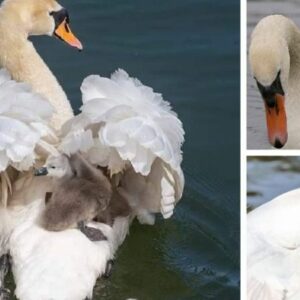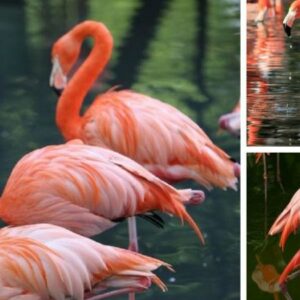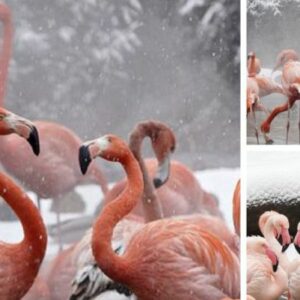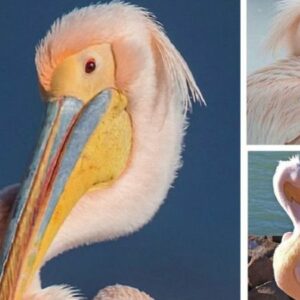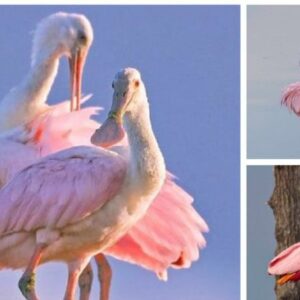This is a fairly sizable lory that primarily inhabits lowland forests and semi-open environments. It is characterized by predominantly green plumage, a moderately lengthy and rounded tail, and striking red coloring on its undertail, thighs, and forehead.
Meet the Yellow-fronted Lory:

Description
This splendid lory showcases a green back and green wings, measuring approximately 12 inches (30 cm) in length and weighing around 6.7 ounces or 190 grams. Adult Yellow-streaked Lorries feature black napes (back of the neck), ear coverts (feathers covering the ears), and beaks, along with black periorbital skin around the eyes, including the eyelids. In adult birds, the lorries’ lored areas, thighs, undertail, underwings, and foreheads exhibit vibrant red coloring, accompanied by red flecking on the throat. A distinctive yellow band decorates the undersides of their flight feathers, while the front of their bodies is predominantly green, adorned with bold golden-yellow streaks. These lorries also have brown irises, and a notable characteristic of the species is the spiky “ruff” formed by their neck feathers.

In mature individuals, both adults display a predominantly green plumage, with feathers appearing pale green along the shaft from the head to the abdomen. The breast and mantle are adorned in bright yellow, creating a striking contrast. Notable red features include the forehead, lores (the region between the eyes and the bill), thighs, and underwing coverts.
While the red is less pronounced on the female’s forehead, it remains prominent on other areas of her body. Additionally, the underwing displays distinct yellow banding.

The Yellow-streaked Lory (Chalcopsitta sintillata sintillata), also known as the Yellowish or Glossy Lory, faces endangerment in its native regions of Southern New Guinea, Western New Guinea, and Papua.

These birds inhabit subtropical or tropical moist lowland and mangrove forests and have an average lifespan of up to 20 years.

Similar to fellow lories, the Yellow-streaked Lory primarily sustains itself on nectar. It possesses a specialized tongue with papillae tufts at its tip, designed for gathering nectar and pollen. Through its feeding activities across various flowers, the lory actively contributes to the process of pollination.

Breeding occurs between April and September when the hen lays white eggs. They typically produce one clutch of eggs per year, with each nest containing an average of two eggs. The incubation period for these eggs lasts approximately 24 to 25 days. After hatching, it takes about 10 weeks for the young birds to fledge, becoming capable of flight. Following this period, they gradually become more independent, typically requiring several more weeks to reach full independence.

Considering their endangered status, it is essential that any suitable specimen unable to be reintroduced into its native habitat should be prioritized for placement within a carefully managed breeding program. Such conservation efforts are vital to guarantee the ongoing survival and protection of this species.

